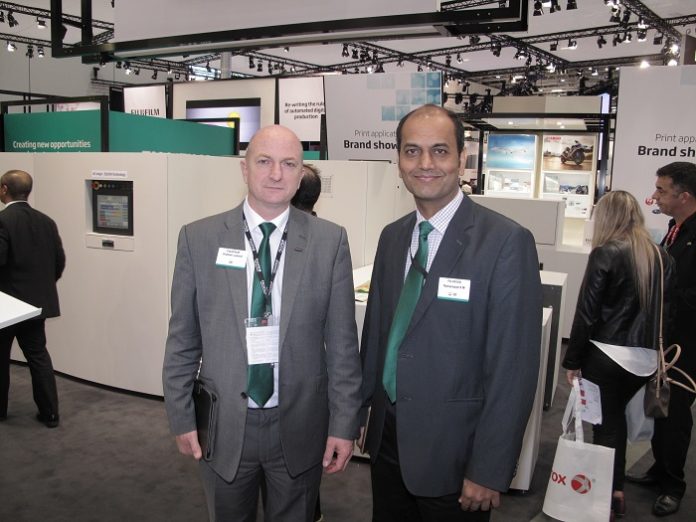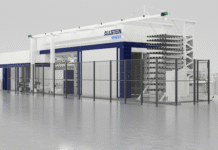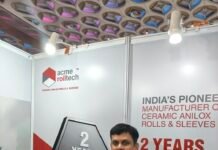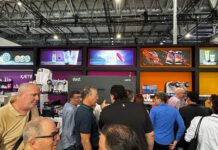
Fujifilm was perhaps the most comprehensive exhibitor at drupa because its components and products range from workflow and prepress software, litho and flexo plates, inkjet heads, arrays, presses and inks. According to Fujifilm India’s managing director Ramprasad the main product uptake in the country are the Superia litho plates and chemistry. He added at drupa that “Increasingly they are being sold as a part of the Superia system which also comprises Fujifilm’s XNF workflow software.”
At the beginning of drupa 2016, Fujifilm Corporation president, Kenji Sukeno announced the launch of a new processless plate, the Superia ZD, to be made available as part of Fujifilm’s Superia portfolio following the show. Built on the technologies behind its hugely successfulSuperiaPRO-T3 process less plate the Superia ZD is compatible with UV inks and ideal for longer run jobs, while offering all the reliability and stability features of the Superia PRO-T3. The Superia ZD process less plate incorporates three exciting new technologies –MGZ, HDN and s-HDS.MGZ is a new graining structure, which has been added to the MGV technology used in the SuperiaPRO-T3 plate,to ensure optimum ink and water balance on press. The new plate structure enhances the adhesion between the substrate and the exposed image, further improving the robustness of the plate during printing.
In order to ensure compatibility with UV inks, a new accelerator has been introduced.As a result, optical energy is used to efficiently cross-link the binders to produce a high density network (HDN). This HDN technology ensures the exposed image has a higherresistance against UV inks and related press chemicals.
Fujifilm’s newly developed ‘s-HDS’ technology optimizes the water holding properties of the surface of the non-image area. This enhances the resistance to toning and improves ink and water balance while retaining the fast on-press development characteristics of Superia PRO-T3.
Superia sustainability
Like the Superia PRO-T3 plate, the new Superia ZD plate contributes to resource savings in five key areas – material, labour, energy, environment and water, while also offering the additional benefits oflongerrun lengths, web press suitability and enhanced chemical resistance – meaning that it is suitable for the latest UV press technologies including LED-UV and H-UV printing.










